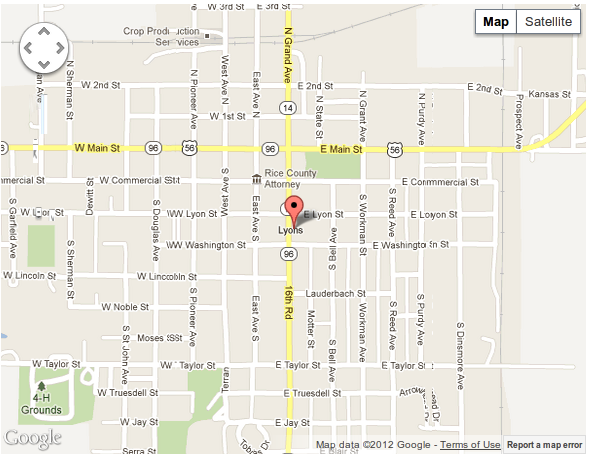Ensure Your Scripts and Styles Are Not Cached with Updates
Have you ever pushed out an update that included modifications to scripts or styles and then later had to tell someone to clear their cache or do a hard refresh in order to see the updates? There is actually a very simple way to avoid this scenario and force the browser to display the updated…




